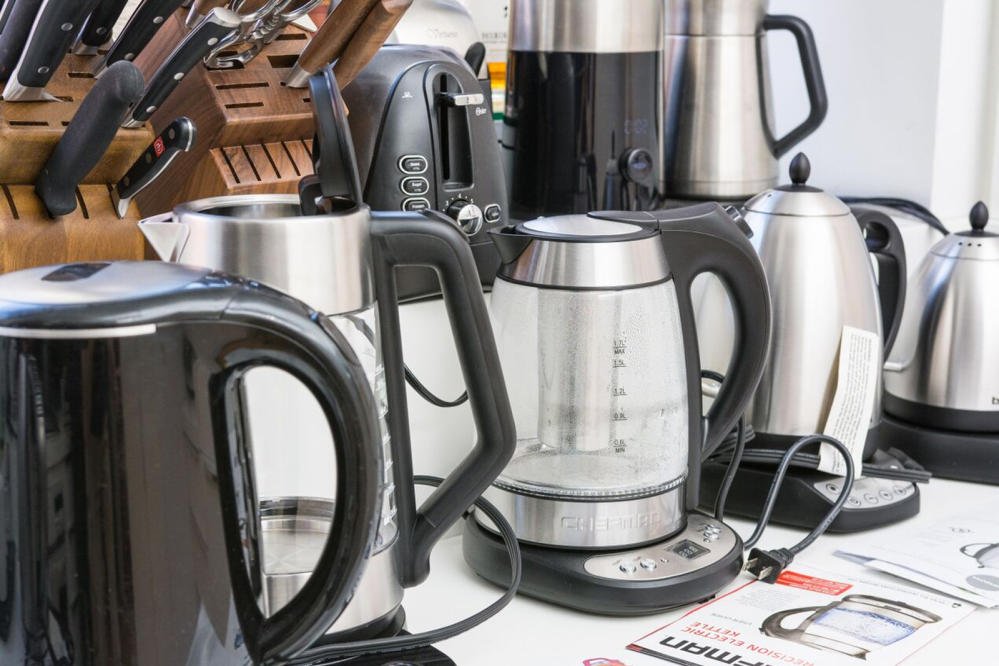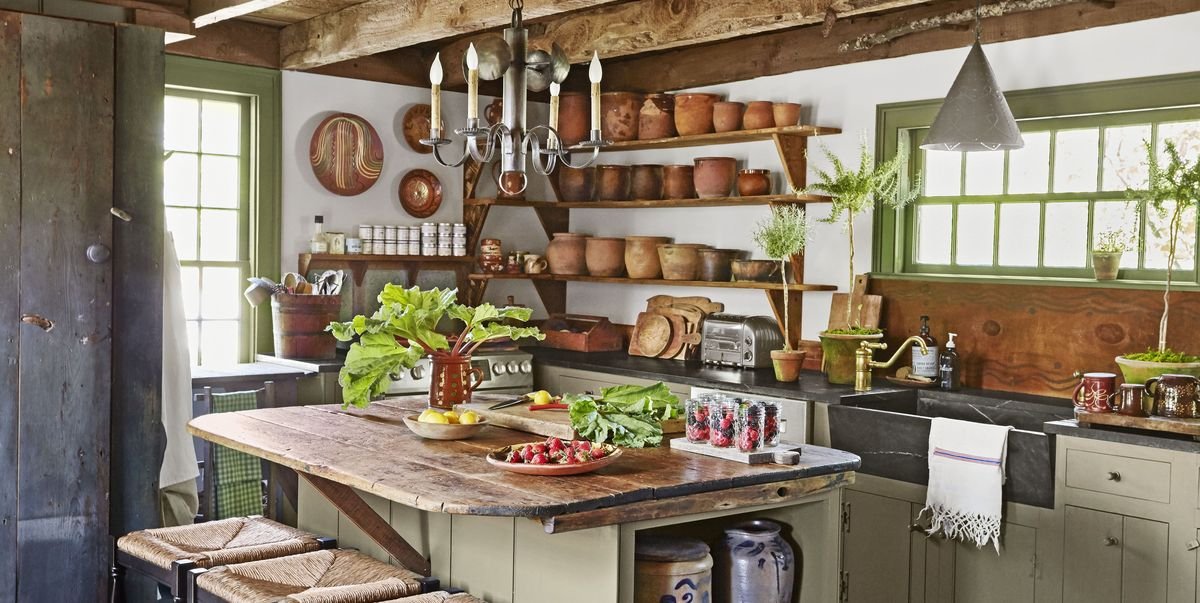
How to vacuum seal leftovers with a vacuum sealer
In this step-by-step guide, I will provide instructions on how to vacuum seal leftovers using a vacuum sealer. Vacuum sealing is a method used to extend the shelf life of food by removing air from the packaging, preventing bacteria growth and maintaining freshness. By following this guide, you will learn the best practices for vacuum sealing your leftovers and preserving their quality.
Gather the necessary materials
To gather the necessary materials, first, collect a vacuum sealer machine, vacuum sealer bags, and the leftovers you want to seal. The vacuum sealer machine will be used to remove the air from the bags, so make sure it is in working condition. Additionally, ensure you have enough vacuum sealer bags to accommodate the amount of leftovers you plan to seal.
Prep the leftovers
To properly prep the leftovers, ensure they have cooled to room temperature before sealing them. This will prevent condensation and potential spoilage. Remove any excess air from the containers or bags they are currently stored in, as this will help to maintain freshness and extend their shelf life.
Prepare the vacuum sealer machine
To prepare the vacuum sealer machine, follow these steps:
- Plug in the vacuum sealer machine and make sure it is clean and in good working condition.
- Open the machine’s lid or access panel to access the sealing area and the vacuum chamber.
- Ensure that all components, such as the sealing strip and the suction nozzle, are clean, intact, and free from any debris.
- Check the machine’s power switch and make sure it is in the off position before proceeding.
Insert the vacuum sealer bag
To properly insert the vacuum sealer bag, first, place the open end of the bag into the machine, making sure it is aligned correctly for sealing. Ensure that the bag is inserted all the way up to the seal line without any wrinkles or folds. This will help to create a tight and effective seal when using the vacuum sealer.
Seal one end of the bag
To securely seal one end of the bag, close the lid or access panel of the vacuum sealer machine. This action will create a tight and reliable seal on the opened side of the bag. Ensure that the lid or access panel is fully closed and locked to guarantee an airtight seal.
Place the leftovers in the bag
To place the cooled leftovers into the vacuum sealer bag, carefully position the bag on a flat surface. Next, scoop the leftovers into the bag using a spoon or ladle, being mindful not to exceed the bag’s capacity. For example, if the bag can hold 500ml, ensure you do not exceed this volume. Lastly, seal the bag tightly using the vacuum sealer, making sure no air is trapped inside.
Seal the other end of the bag
To seal the other end of the bag, simply close the lid or access panel securely. Ensure that it is tightly shut to prevent any air or moisture from entering or escaping the bag. This will help maintain the freshness and quality of the leftovers stored inside.
Vacuum seal the bag
Activate the vacuum sealer machine by plugging it in and turning it on. Place the open end of the bag into the sealing chamber, making sure it lies flat and straight. Close the chamber lid securely. Press the “Vacuum” button on the machine control panel and allow the machine to remove the air from the bag. Once the air has been removed, the machine will automatically seal the bag. Finally, follow any additional instructions or settings specific to your machine for optimal results.
Store the vacuum-sealed leftovers
To properly store vacuum-sealed leftovers, it is important to label the bag with the contents and date. This will help you easily identify the food and keep track of its freshness. Once labeled, place the bag in either the refrigerator or freezer for storage, depending on whether you plan to consume it within a few days or at a later time.
Final Thoughts and Recommendations
In conclusion, vacuum sealing leftovers with a vacuum sealer is a highly effective method for maintaining freshness and prolonging the lifespan of food items. Throughout this guide, we have discussed the necessary steps and techniques for successful vacuum sealing, including choosing the appropriate bags, removing air efficiently, and storage considerations. By vacuum sealing your leftovers, you can prevent the growth of bacteria, preserve flavors, and extend the shelf life of your food. It is essential to remember that proper storage is a key factor in maximizing the benefits of vacuum sealing. By following these guidelines, you can confidently embrace this valuable technique and optimize your food storage practices.
Necessary Equipment
Maximizing Freshness
Step-by-Step Guide to Using Your Vacuum Sealer
- Ensure that the vacuum sealer is placed on a stable surface and plugged into a power source
- Prepare the food items you want to seal by cleaning, cutting, or portioning them according to your needs
- Open the vacuum sealer lid and place one end of the vacuum bag into the sealing channel
- Close the lid and press down firmly to ensure a proper seal
- Press the vacuum button to start the vacuum sealing process
- Wait for the sealer to remove the air from the bag and seal it. This may take a few seconds to a minute, depending on the size of the bag and the machine’s capabilities
- Once the vacuuming process is complete, the machine will automatically seal the bag. You can also manually press the seal button if required
- Finally, remove the sealed bag from the vacuum sealer and store it in an appropriate location
- Note: Always refer to the specific instructions provided by the manufacturer for your vacuum sealer model for detailed guidance on its usage
Frequently Asked Questions about Vacuum Sealers
What features should I look for when choosing a vacuum sealer?
When choosing a vacuum sealer, there are several important features to consider. First and foremost, you should look for a vacuum sealer that has a strong suction capability. This ensures that the maximum amount of air is removed from the package, resulting in better preservation of food.
Another crucial feature to consider is the sealing mechanism. Look for a vacuum sealer that provides a secure and airtight seal, as this is vital for preventing any air or moisture from entering the package.
Additionally, it is highly recommended to choose a vacuum sealer with adjustable settings. This allows you to control the level of vacuum according to the type of food you are sealing. Different food items require different vacuum levels to maintain their freshness and prevent any damage.
A user-friendly interface is also advantageous when selecting a vacuum sealer. Look for one that is easy to operate and offers intuitive controls, making the sealing process convenient and hassle-free.
Furthermore, consider the size and design of the vacuum sealer. Opt for a model that suits your needs and available space in your kitchen. A compact and lightweight design can be beneficial for easy storage and portability.
Lastly, it is worth looking for additional features such as built-in bag cutters and roll storage compartments, which can enhance the usability and convenience of the vacuum sealer.
By considering these features, you can make an informed decision when selecting a vacuum sealer that meets your specific requirements.
Can a vacuum sealer be used for storing non-food items?
Yes, a vacuum sealer can indeed be used for storing non-food items. While vacuum sealers are commonly used in food storage to extend the shelf life of perishable items, they are versatile enough to be used for storing a variety of non-food items as well. These can include clothing, documents, important papers, electronics, and other household items that can benefit from being tightly sealed and protected from moisture, dust, and air.
How does a vacuum sealer help in marinating food?
A vacuum sealer helps in marinating food by creating a sealed environment that promotes better absorption of flavors. When marinating food, the vacuum sealer removes the air from the bag or container, creating a vacuum. This vacuum helps the marinade to penetrate the food more effectively, allowing it to soak into the meat or vegetables. The absence of air also prevents oxidation, preserving the quality and freshness of the food during the marinating process. Overall, using a vacuum sealer enhances the marinating process by ensuring maximum flavor absorption and improving the overall taste and texture of the food.
Do vacuum sealers come with warranty and after-sales support?
Yes, vacuum sealers typically come with a warranty and after-sales support. Most reputable vacuum sealer brands offer a warranty period to cover any defects or malfunctions in the product. The warranty duration may vary depending on the brand and model of the vacuum sealer. Additionally, these brands also provide after-sales support, including customer service assistance, troubleshooting guides, and in some cases, repairs or replacements for faulty units within the warranty period. It’s important to review the specific terms and conditions of the warranty offered by the manufacturer before purchasing a vacuum sealer to understand the extent of the coverage provided.





